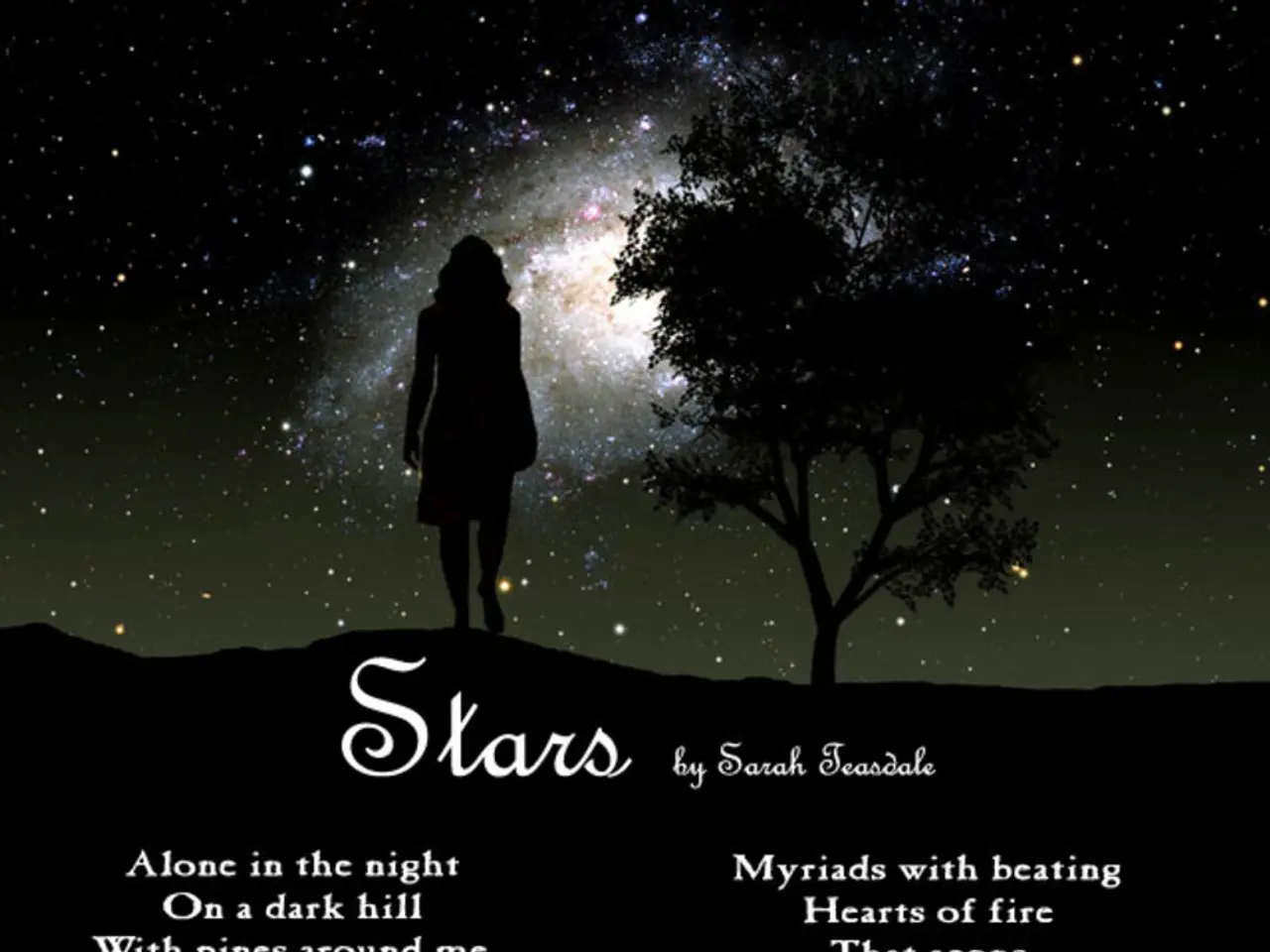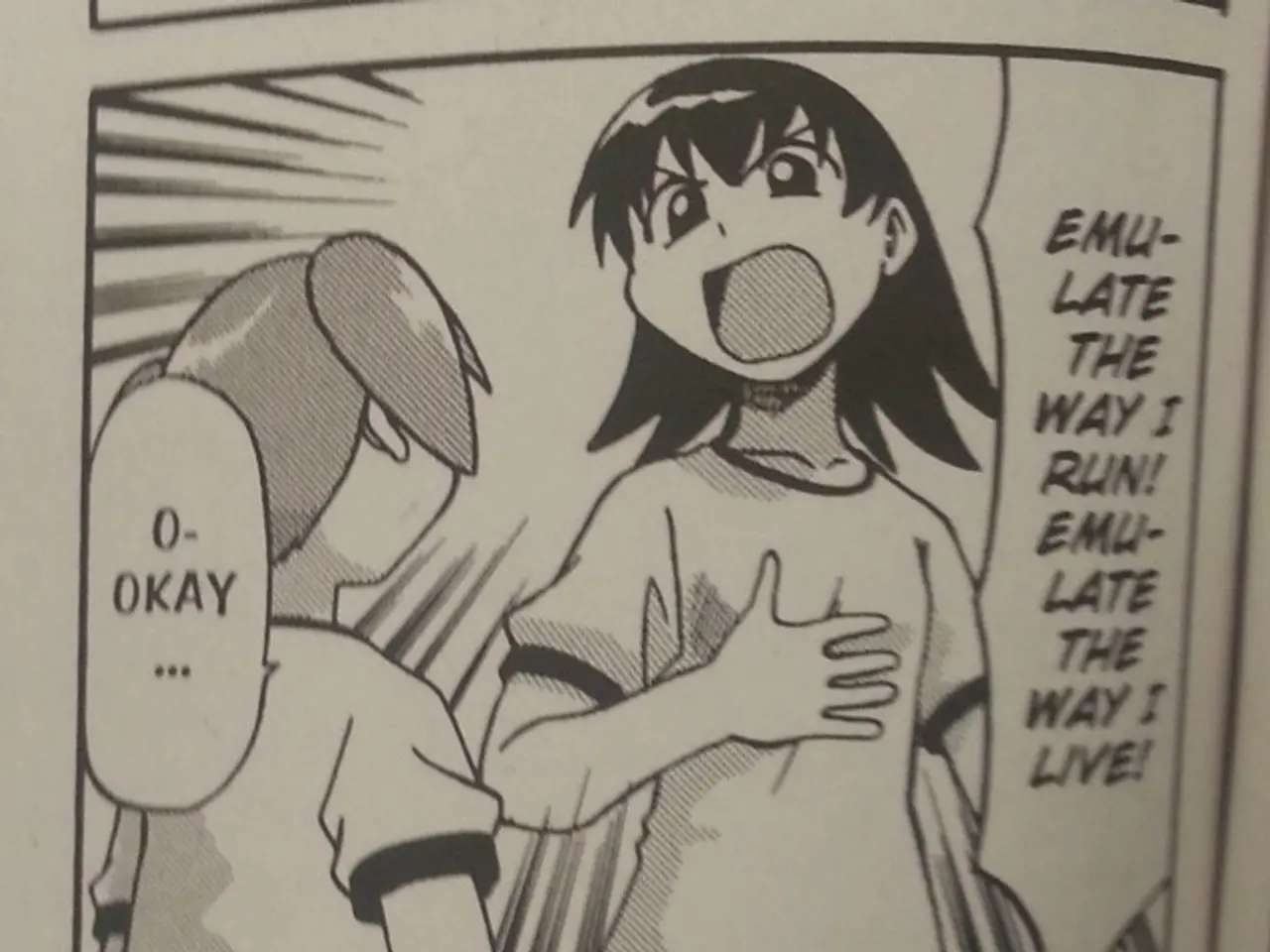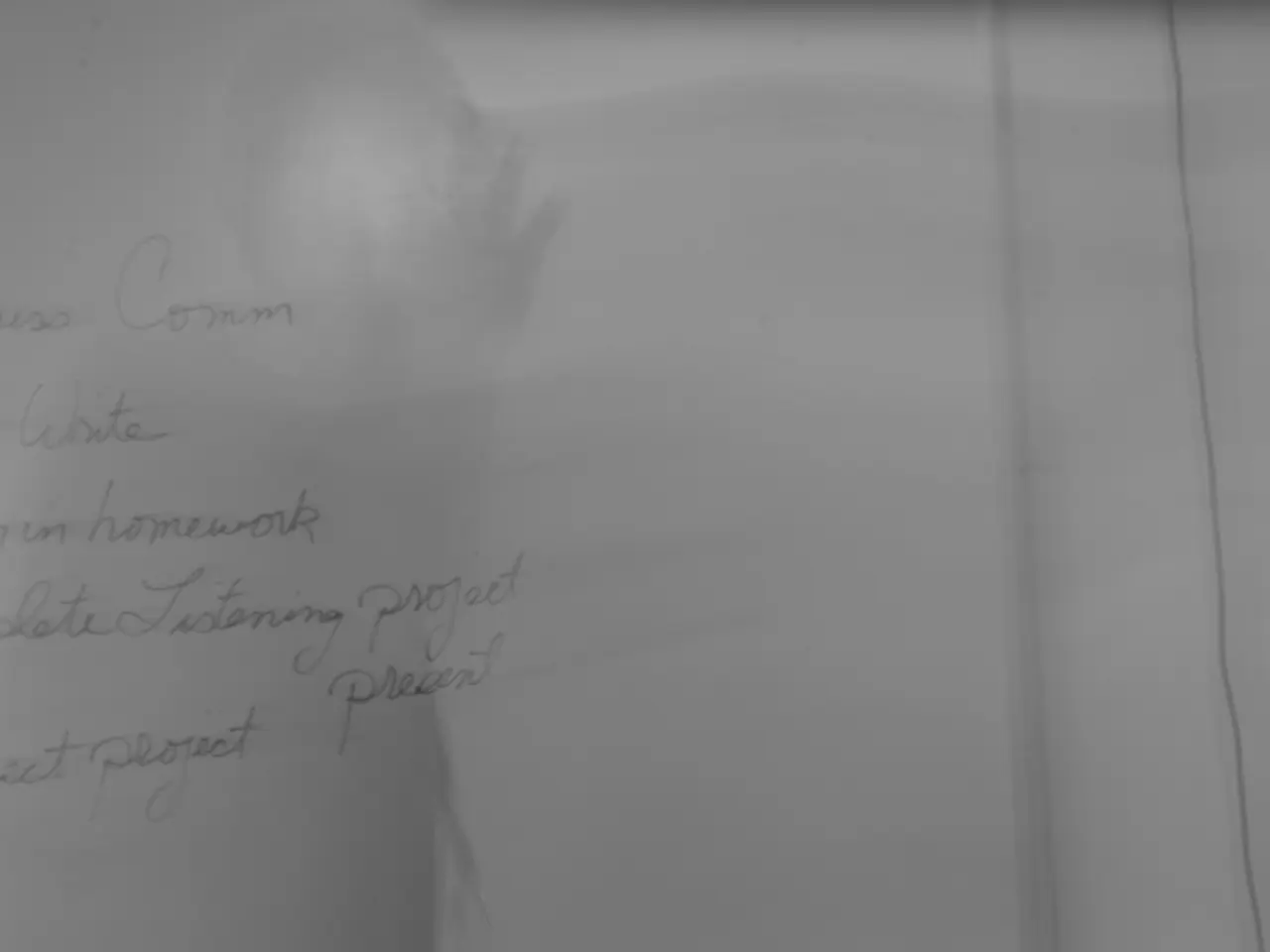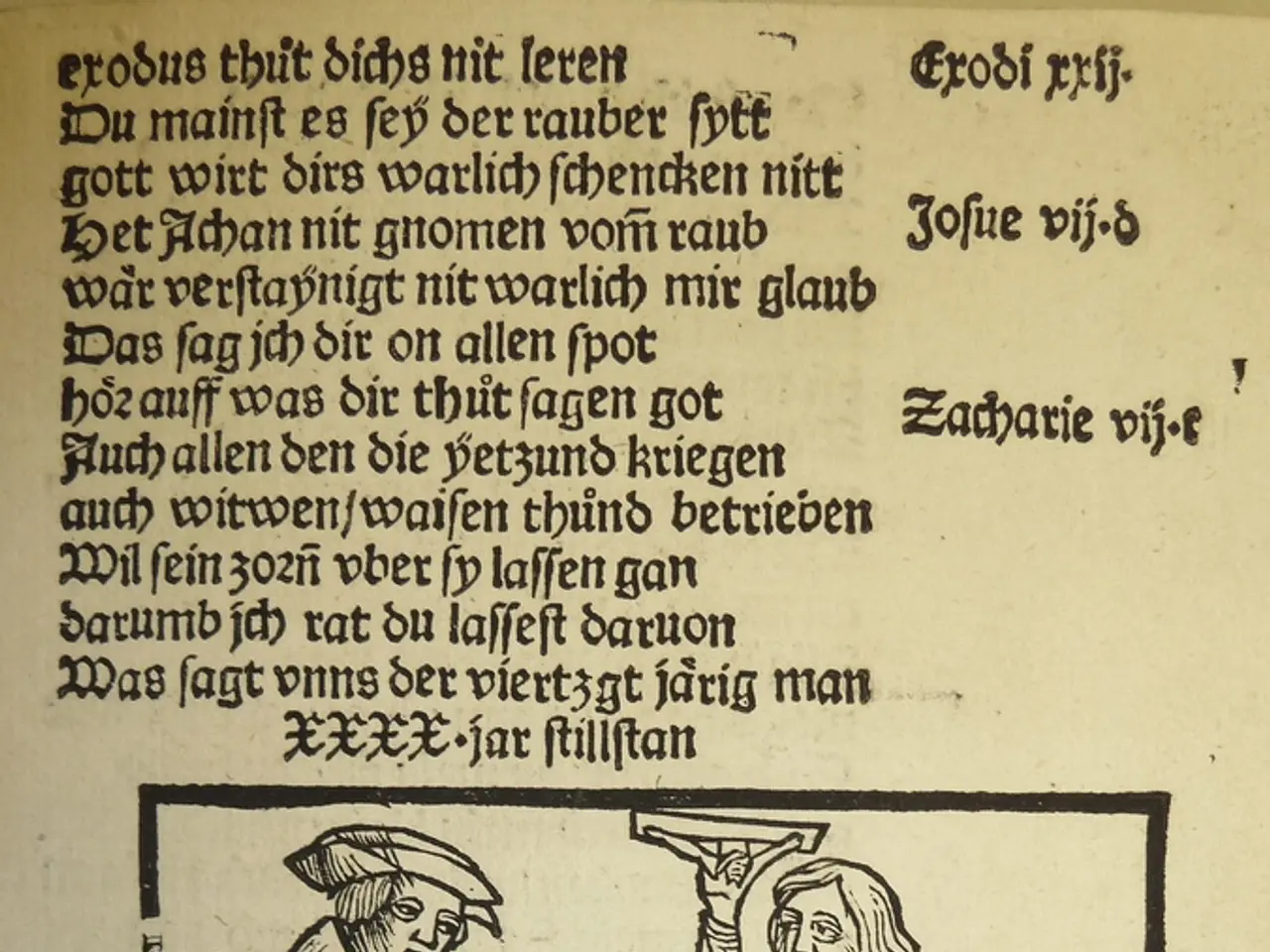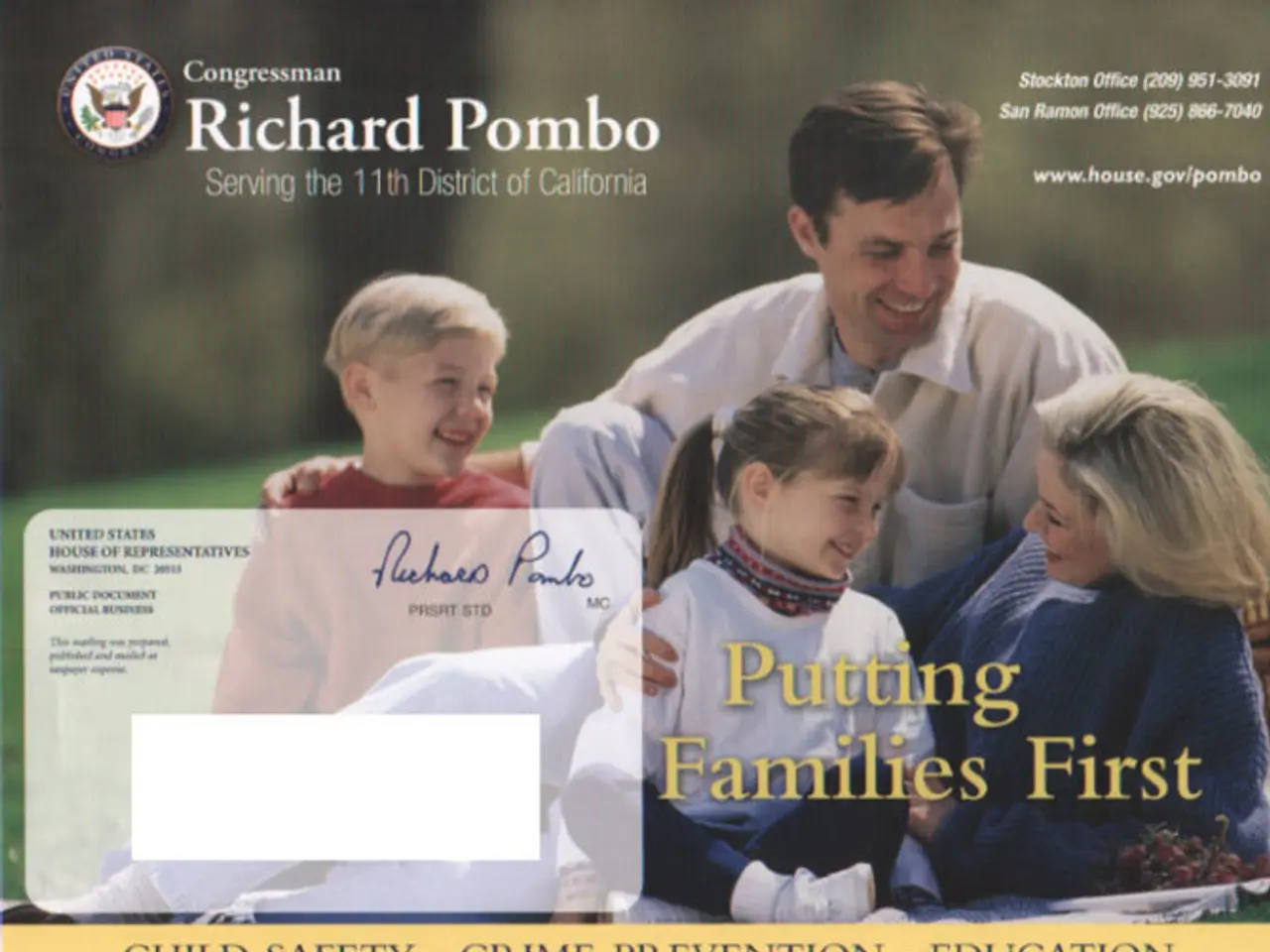Unraveling the Mechanics of Poetry
In the realm of literature, poetry stands as a unique and captivating form of creative expression. Unlike prose, poetry is defined by several key elements that set it apart, including form and structure, sound devices, imagery and figurative language, mood and tone, theme, lineation and visual form, and the use of line breaks and page layout to create a distinctive rhythm and sound.
Poetry is not confined to being deep and meaningful; it can be written to sound beautiful, to tell a story, or to share a message. The art of poetry has evolved significantly over time, from its ritualistic oral origins and incantation-based uses to a broad art form marked by formal, thematic, and expressive diversity.
At its core, poetry is a form of word play, where a poet acts as an artist of words, creatively using language to produce an emotional response or create an experience. Poetry is different from prose in its evocative qualities, with a focus on structure, form, tone, and word choice.
One might assume that a poem must rhyme or follow a certain format, but this is not always the case. Poetry can take many forms, from traditional rhyming verses to free verse, which breaks traditional rules but maintains poetic intent through sound, shape, or emotional expression.
The enjoyment of creating poetry can be a rewarding and moving experience. Whether you're a seasoned poet or just starting out, looking at what other poets have done can provide inspiration and guidance. Remember, poetry is a form of art, and like any art form, it's open to interpretation and personal expression.
In the following sections, we will delve deeper into the types of poems, the tools a poet uses, and the evolution of poetry throughout history. So, let's embark on this literary journey together and discover the beauty and power of poetry.
| Key Elements of Poetry | Description | |----------------------------|-------------------------------------------------------------------------------------------------| | Form & Structure | Lines, stanzas, meter, rhyme schemes | | Sound Devices | Rhythm, rhyme, alliteration, assonance | | Imagery & Figurative Language | Vivid sensory language, similes, metaphors, personification | | Mood & Tone | Emotional atmosphere | | Theme | Universal or personal ideas expressed aesthetically | | Lineation & Visual Form | Use of line breaks and page layout influencing reading and sound |
Poetry, as a versatile medium, transcends deep and meaningful expressions, offering opportunities for beauty, storytelling, and message-sharing, reflecting its progressive evolution from ritualistic origins to a modern art form encompassing diverse structures and themes.
One could find self-development and inspiration in the study of poetry, as its nuanced elements, such as imagery, sound devices, and mood, present opportunities to expand one's lifestyle, understanding, and artistic abilities.
